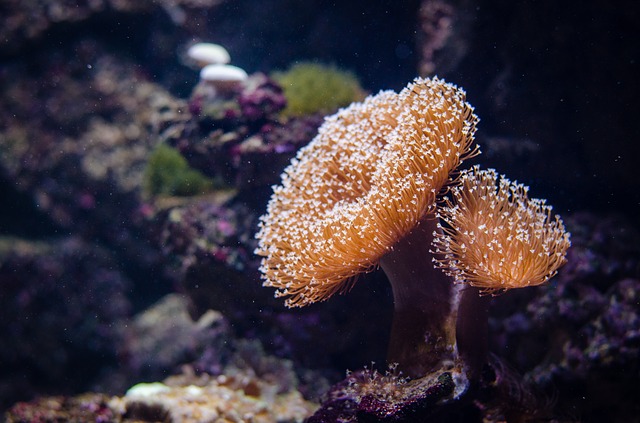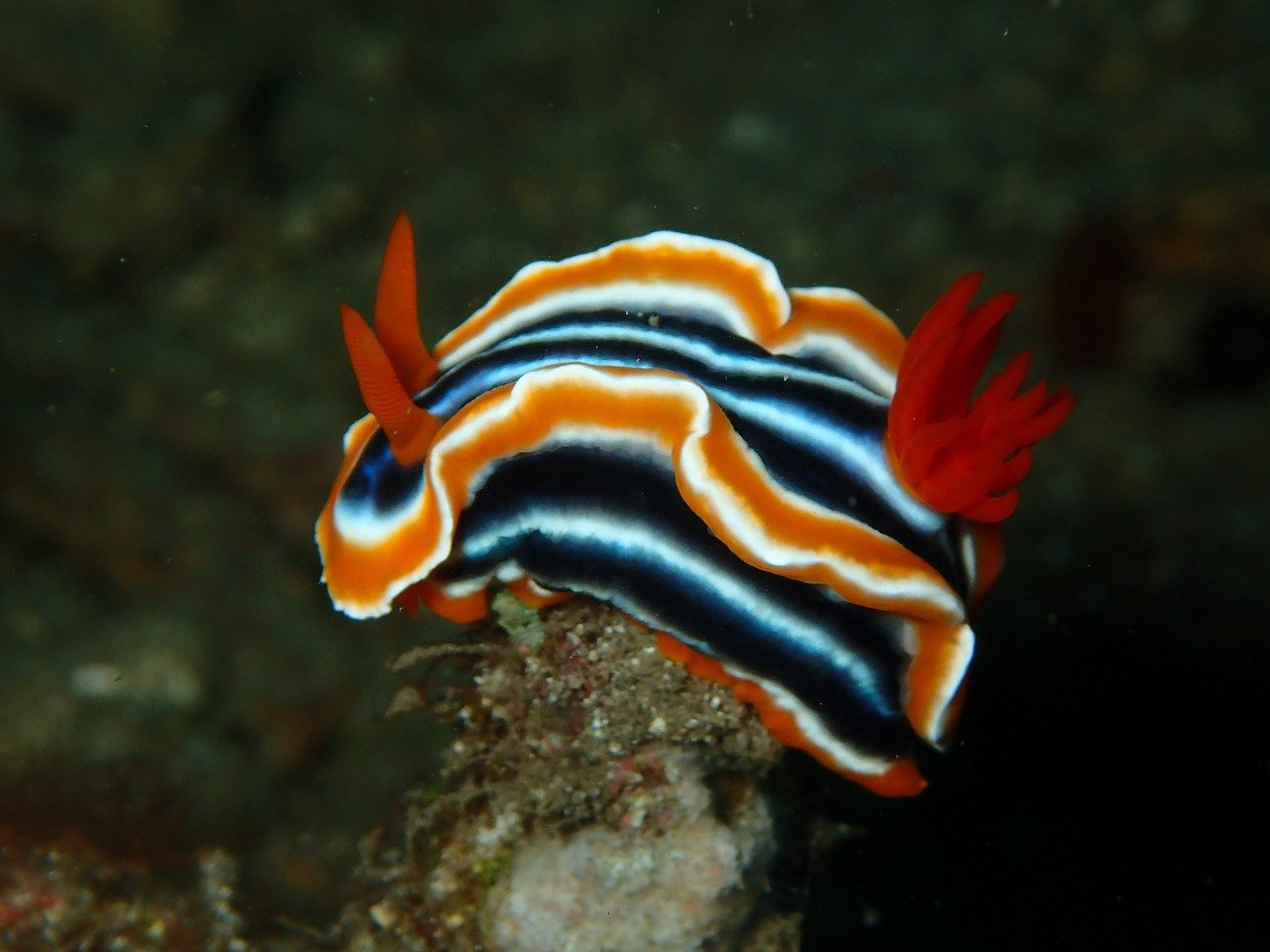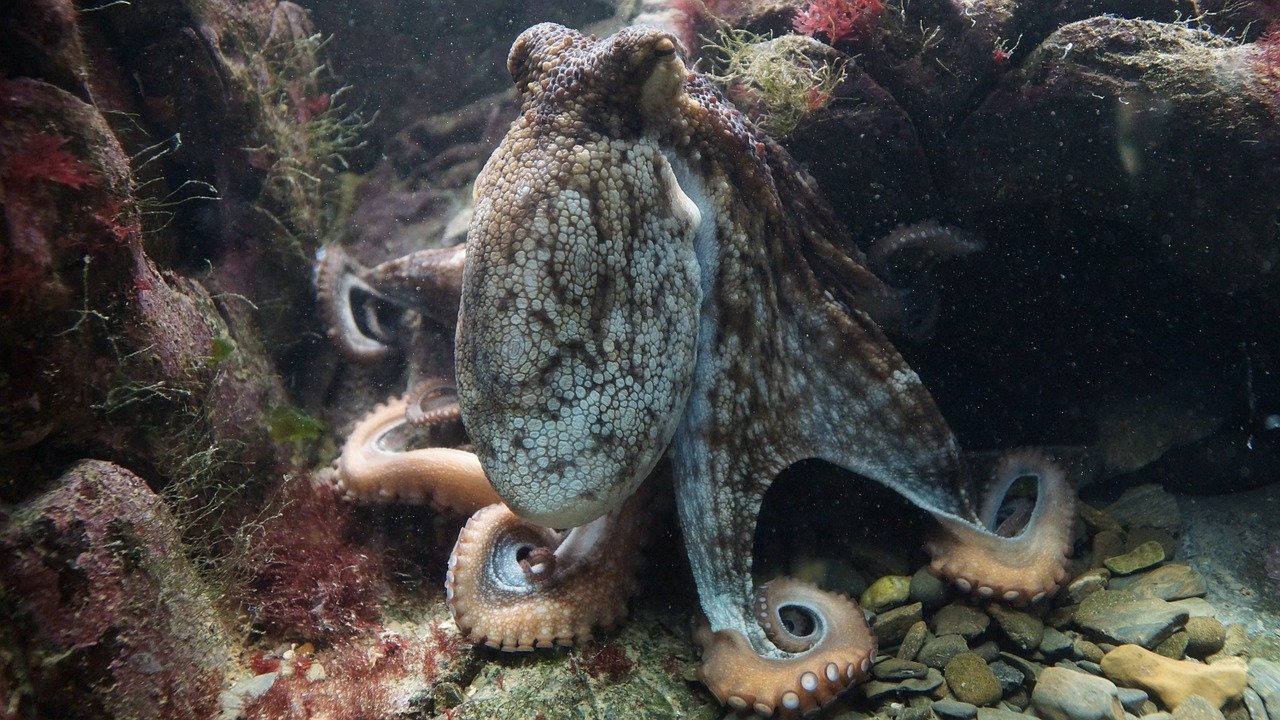Last Updated on April 23, 2023 by Coral Realm
A new study published has found a loss accross all coral populations. We now known that since 1995, coral populations in the Great Barrier Reef has declined by at least 50 percent. Sadly, this applies to every coral species within the reef, no matter the size, depth or species of the coral. It is a horrible, but very real testament to the power and impact of climate change.

The Great Barrier Reef in Australia is the world’s largest reef system, but for how long? The new study, published by the ARC Centre of Excellence for Coral Reef Studies in Queensland, saught to assess coral prevelance along the entire 2,300km stretch of the Great Barrier Reef between 1995 and 2017. The study was published October 14th 2020. It discovered that all coral species and sizes decline significantly during that period.
It also noted that between 2016 and 2017 – mass coral bleaching (that also generated significant publicity) resulted in higher significant decline.
How long will the Great Barrier Reef last?
Terry Hughes, a co-author of the study said:
“We used to think the Great Barrier Reef is protected by its sheer size, but our results show that even the world’s largest and relatively well-protected reef system is increasingly compromised and in decline”
The Great Barrier Reef has suffered from coral bleaching, pollution and tourist destruction; it begs the quesition of how long the Great Barrier Reef can last.
The short answer to this question is we really don’t know. We can all help keep oceans clean, and we can all donate to clean ocean charities and research projects.
As per Authority Aquarium’s Marine Biologist, Christopher Hunter:
The Great Barrier Reef is located off Australia’s north-east coast line. It is a UNESCO world heritage site, an accolade received in mid 1981. It is home to 1000’s of species of fish and molluscs, 100’s of coral species and provides valuable shelter for endangered species. It is without doubt a place to be treasured and protected.
The study noted that there were bigger declines in coral populations in the northern and central parts of the reef, especially after intense phases of coral bleaching in 2016 and 2017. When ocean water is too hot, corals will release zooxanthellae (a kind of algae) living in their tissues, this causes the coral to turn completely white and is known as coral bleaching.
At Coralrealm.com we know that corals can survive bleaching, however, they are more vulnerable in general when bleached and much more delicate. Indeed, since the warmer waters are most likely a result of climate change, authors of the study also report that climate change is causing an dramatic rise in numbers of reef disturbances. These includes incidents like marine heatwaves that cause temporary extreme temperature change.
According to Marine Biologists, the southern parts of the reef were also exposed to extreme heat temperatures in 2020. It’s not clear exactly how this contributed to the excess loss and damage.






